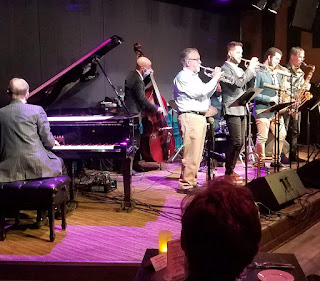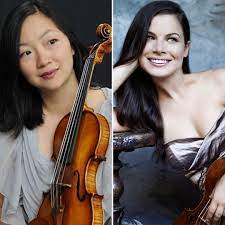Tales out of school: IU Jazz Faculty teaches and preaches in rare club gig

Led by a grateful John Raymond, a septet of Bloomington-based jazz musicians stoked the fires of post-pandemic hopefulness with a scintillating show Friday at the Jazz Kitchen. IU jazz faculty ensemble lets itself go at the Jazz Kitchen. The trumpeter mentioned to the first-set audience that altered teaching has been virtually the Indiana University jazz faculty 's sole outlet for about a year as gigs dried up with the sudden decline of public music-making a year ago. The ensemble, every one of whose members is an adept soloist as well, delivered a program in which energy and cohesiveness proved thoroughly compatible. A plethora of original charts helped present an impressive profile of the IU program, and the delivery was close to impeccable. I liked the leader's "North," with its suggestion of hard-working idealism that gathered intensity in Greg Ward's alto solo. That set up ensemble vigor that may have become overloaded when Raymond moved into the spotlight




